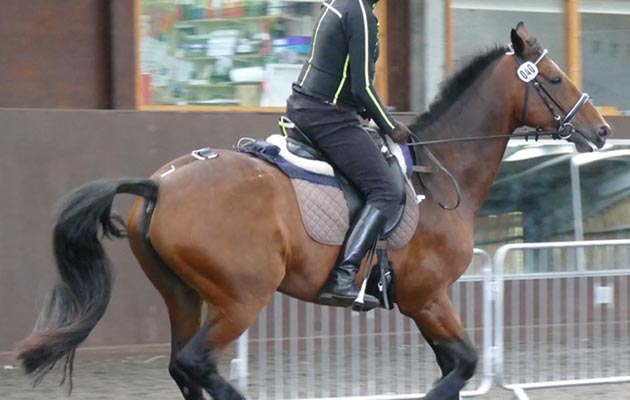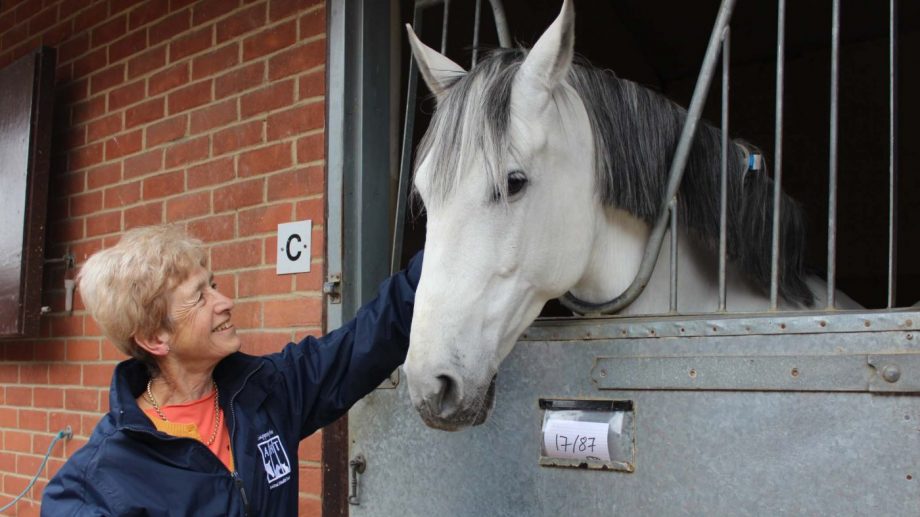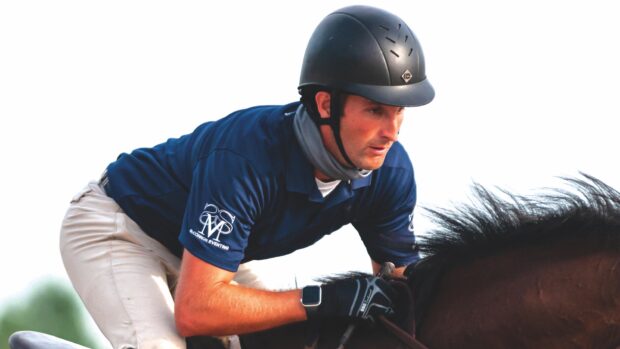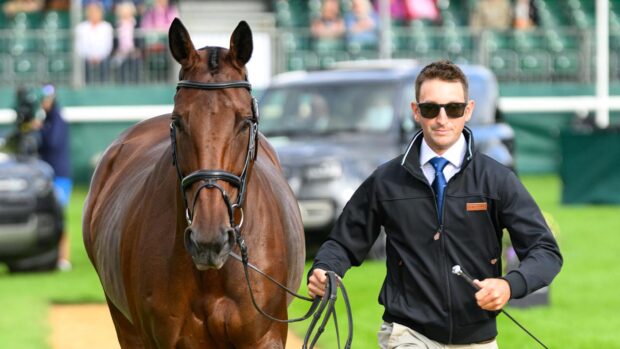INCREASING and applying knowledge of equine behaviour that may indicate pain could improve horse welfare and performance, and rider safety.
Sue Dyson, former head of orthopaedics at the Animal Health Trust, discussed the range of uses for her ridden horse pain ethogram (RHpE) at the Saddle Research Trust conference on 11 December.
The RHpE comprises 24 behaviours including tail-swishing and an open mouth, the presence of eight or more of which may indicate that the horse has musculoskeletal pain, even if it is not overtly lame. Dr Dyson developed the ethogram through research including assessing lame and non-lame horses, but has in the past four years expanded its applications.
“I believe horses are trying to communicate with us – we just need to learn how to listen,” she said.
Dr Dyson shared some of her recent research involving the RHpE, including a study last year involving a group of horses each ridden by a novice and a professional rider. This found that although there was overall significant improvement in gait quality with the professional rider – and 11 horses showed low-grade lameness with the novice but not the expert – there was no significant difference in the horses’ RHpE scores between the two riders. Some horses showed different abnormal behaviours with the two riders, even though the total score did not change.
“The head in front of the vertical for more than 30 degrees for at least 10 seconds was seen much more with the novice rider, but the head behind the vertical by 10 degrees or more for at least 10 seconds was seen much more with the professional,” Dr Dyson said, adding that another sign, the horse being reluctant to go forward, was seen far more with the professional than the novice. “This means a good rider may be able to improve gait quality, or conceal lameness, but can’t conceal behavioural signs of pain.”
Dr Dyson assessed combinations working from novice to grand prix level at a British Dressage event last year, and found that though the median RHpE score was three, the range was from zero to 10, and that horses scoring between seven and 10 showed “compromised performance consistent I believe with musculoskeletal pain”, such as inability to collect or poor-quality canter.
“I believe with appropriate investigation and management, there’s potential to improve these horses, resulting in improved performance and welfare,” she said.
Another assessment using the RHpE, on 147 dressage horses competing in World Cup competition, found a median score of three, so most horses were “working comfortably”, but the top score was seven, and Dr Dyson said she made some “disturbing observations”. Of the elite horses, 68% had their mouths open and teeth separated for at least 10 seconds, and 87% had their heads behind the vertical, “for at least 10 seconds and often throughout the test”. Dr Dyson also noticed a negative correlation between RHpE scores and judges’ marks, which could indicate that the horses not experiencing any discomfort performed better.
Studies at a slightly lower-level grand prix show, and at a national event, showed a stronger negative correlation between RHpE scores and marks, and at the national event, the median RHpE score was “significantly” higher, at six.
Dr Dyson’s studies found far more horses showing the mouth-open sign of discomfort at top-level dressage competition than in lower-level eventing tests, leading her to question double-bridle use. She referred to another study that found horses with worse dressage scores were more likely to fall or unseat their riders across country in FEI events, adding that her research had found horses with higher RHpE scores did less well in dressage.
“So by identifying horses with scores of seven or more, investigating the problem and treating it, we could potentially enhance safety as well as improving performance and welfare,” she said.
Data and evaluations of horses eventing at between BE90 and novice level found horses placed in the top three had lower RHpE scores.
“I believe as riders, we have a moral responsibility to recognise if there’s a problem and take appropriate action,” Dr Dyson said. “And I believe there’s a moral responsibility to educate riders, trainers, vets and paraprofessionals about the RHpE as a tool to recognise a horse may have an underlying problem.”
Dr Dyson acknowledged that some horses can have challenging behaviour that is not caused by pain, but often this is one issue rather than a combination. It can also be the case that a lame horse does not show eight or more abnormal behaviours when ridden.
“But I believe we need to educate everyone to be more aware of abnormal behaviours as a reflection of musculoskeletal discomfort,” she said. “We have to maintain our social licence to operate, and we have a moral and ethical responsibility. I believe we can improve horse welfare and performance, their demeanour and rider safety. It’s a win-win situation.”
You might also be interested in:

Excess rider weight can cause back pain in horses
Heavier riders and unsuitable saddles can cause muscle tension and pain in horses according to a study by Dr Sue

Education will help us hear what our horses are trying to say *H&H Plus*

The Ridden Horse Pain Ethogram: how the phrase ‘that’s the way the horse has always gone’ is being challenged
For years it’s been thought that horses who swish their tail, put their ears back and open their mouth when

5 reasons why a subscription to HorseandHound.co.uk makes the perfect last-minute gift
Horse & Hound magazine, out every Thursday, is packed with all the latest news and reports, as well as interviews, specials, nostalgia, vet and training advice. Find how you can enjoy the magazine delivered to your door every week, plus options to upgrade your subscription to access our online service that brings you breaking news and reports as well as other benefits.




